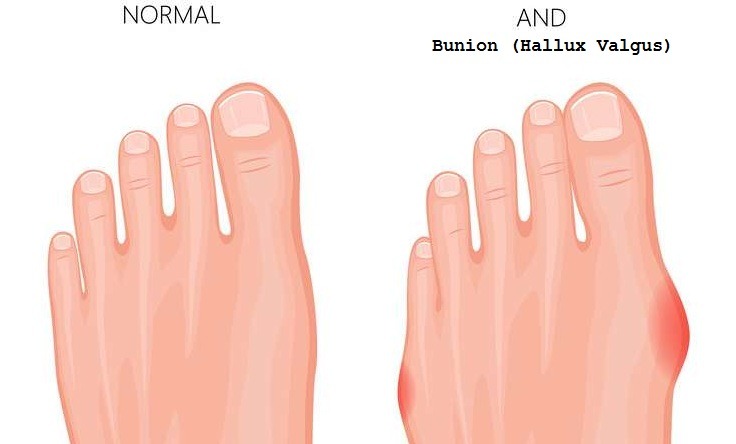Shoulder arthrosis is colloquially known as shoulder calcification. The cartilage structure, which facilitates the movement of the joints, abrades over time and turns into painful formations that make movement difficult.
It often occurs in advanced ages. It is usually observed secondary to another disease in the shoulder joint. These diseases; can be rheumatic diseases, shoulder joint infection, chronic rotator cuff tear or anatomical disorders due to previous traumas.
Symptoms of Shoulder Arthrosis – Shoulder Calcification
Arthritis causes pain, limitation and weakness in shoulder joint movements. During movement, stiffness occurs in the joint. Although relief is provided with painkillers and resting in the short term, the complaints continue in the long term.
The diagnosis of the disease is made by physical examination and X-rays. When starting the treatment process, details such as the level of shoulder arthrosis, how much it affects the patient’s quality of life, the age of the patient and the level of physical activity are taken into consideration.
Surgical treatment is preferred for patients with severe shoulder arthrosis and active physical life. The calcified joint is removed and prostheses, which are artificial joints, are placed in its place in total joint prosthesis surgery. The patients return to their daily life in a short time and get rid of their complaints with the prosthesis.









